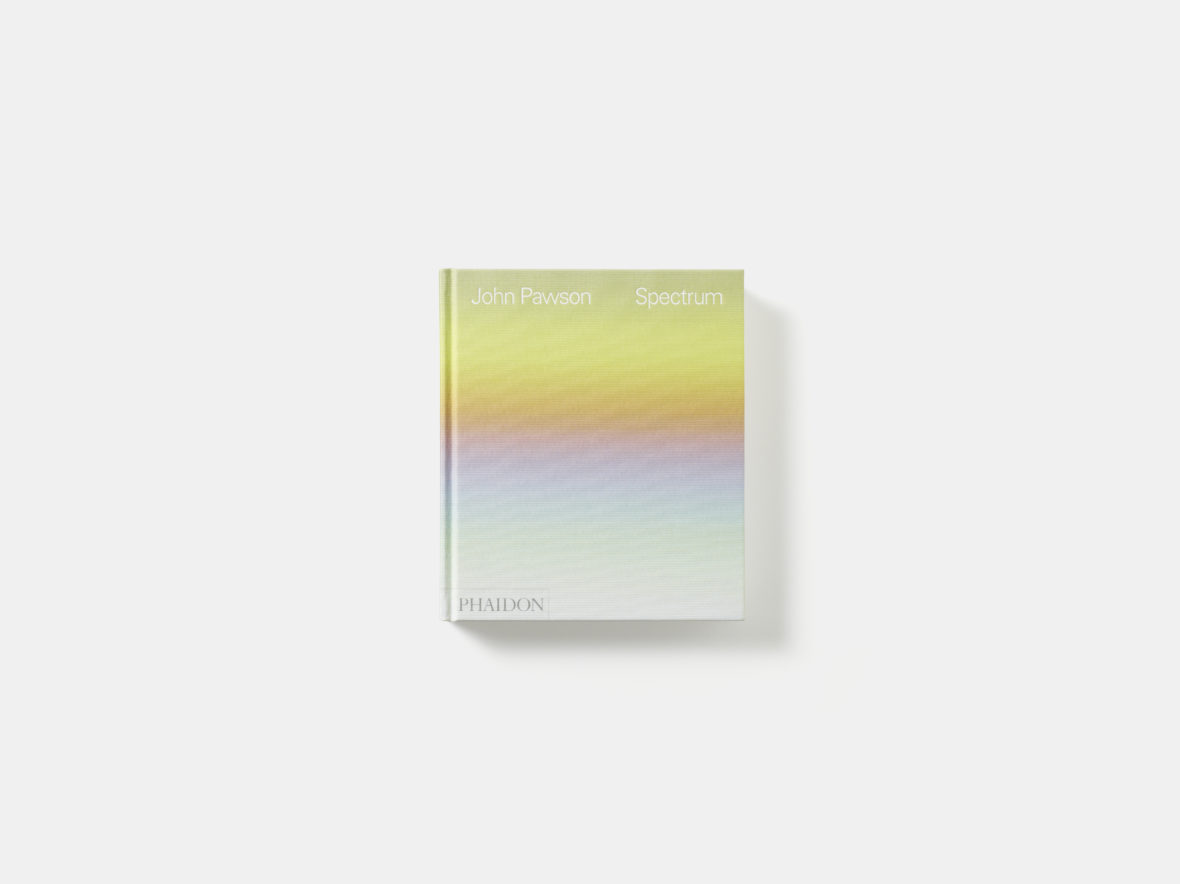The celebrated architect John Pawson, known for his monochromatic and minimalist buildings, reflects on his relationship with colour and a new photographic project, Spectrum
Colour is an attribute people don’t necessarily associate with my work. There is a longstanding presumption that it is all about whiteness. The truth is that it is impossible to talk about any architecture – including my own – without talking about colour. Le Corbusier described architecture as masses brought together in light. And as soon as you have light, you have colour. I have come to see that you can only really start to understand an architectural space when you have seen it in a range of light conditions, which means also experiencing the full range of its colour spectrum. As Goethe put it, “Colours and light… stand in the most intimate relation to each other”.
I am interested in the subtle but critical differences between what the lens and the eye can render. Where both are physically capable of absorbing light, each process the field of view in different ways. However sophisticated a lens, it doesn’t have the sensory capabilities of the eye. On the other hand, the camera does not rely on memory, but can commit the totality of what it does capture to plate, film or digital file. There is something pleasing in the fact that, in this one respect, photography is the more permanent art form, architecture’s enduring arrangements of stone, concrete and steel notwithstanding: the light composition is perpetually changing in a building, where the point of a photograph is to fix it. Reviewing a collection of images is a fascinating and revealing exercise. You see both what you saw at the time and what you missed. And you are reminded of what you perceived in the moment that has somehow eluded the permanence of the photographic record.
The brain has an instinct to sort and make associations, but it has consistent priorities for the ways in which it does this, typically according to narrative, subject and theme. Override these priorities and all manner of other connections are revealed. Set photographs next to one another on the grounds of colour only and you throw up intriguing new reflex relationships between apparently entirely disparate images. The brain naturally makes stories and connections – it is intrinsic to how we think creatively – so in the end it will always find threads to weave together.
In this way, what began as a simple project to use colour as a tool to edit and order a selection of photographs has become both a creative act in its own right and an invitation to engage.

This is an excerpt from Spectrum, published by Phaidon.












